Serapo beach
2022
You may also like
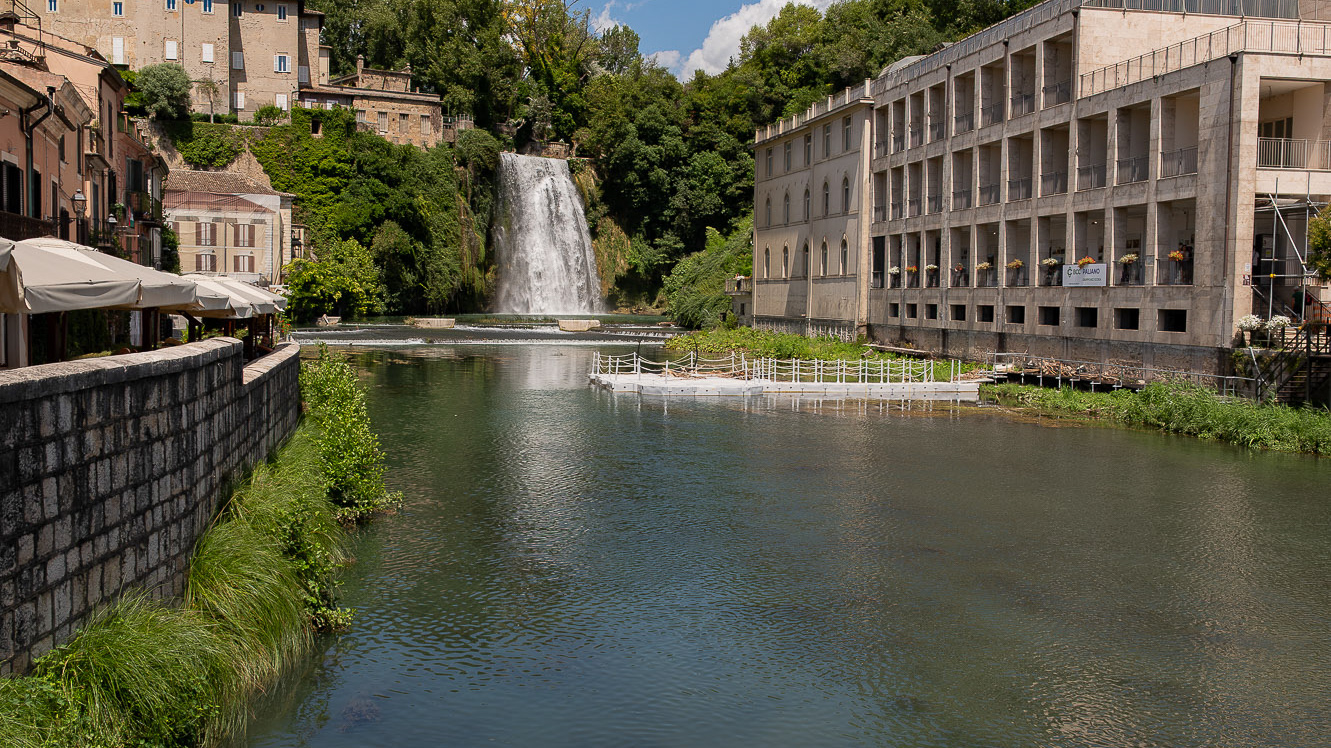
2025
Isola del Liri. The waterfall in the historic center

2022
Gaeta, Lazio. The Grotta del Turco
Grotta del Turco is so called, as in the ninth century the ships of the Saracens took refuge in the crevices of this strategic promontory, to attack ships in transit and plunder them.

2025
Priverno. Cistercian Abbey of Fossanova.
Fossanova Abbey is located in the municipality of Priverno, 5 km south of the city center, in the province of Latina. The surrounding area has the appearance of a vicus and takes its name from a sewer that in the early days of the small village (now a hamlet of Priverno) was called Fossa Nova. Declared a "national monument" in 1874, Fossanova Abbey is the oldest example of Cistercian art in Italy and, together with Casamari Abbey, one of its highest expressions. The complex was born at the end of the 12th century from the transformation of a pre-existing Benedictine monastery, perhaps dating back to the 6th century, of which a faint trace remains above the rose window of the church. The ancient monastery, built on the ruins of a Roman villa, was in fact ceded in 1134 by Pope Innocent II to some Burgundian monks, led by Saint Bernard of Clairvaux, who followed the rigid rule resulting from the Citeaux reform (1098) based on the original Benedictine orthodoxy.
The abbey complex known as a remake of the Benedictine one is made up of the cloister, the heart of the entire organism, the church of Santa Maria, the Chapter House with the monks' dormitories above, the refectory, the kitchen and the dormitories of the lay brothers. The pilgrims' house, the cemetery and the infirmary complete the complex.
Consecrated in 1208, it preserves the bare architecture, the magnificent rose window and lantern and the finely sculpted capitals, testifying to the pre-eminent role played in the area. The buildings of the monumental complex are fenced so as to appear like a village, further enriched by the remains of a Roman villa from the 1st century BC, visible right in front of the church.
In the 18th century the abbey was called Badia del For Appio.
In one of the abbey's rooms, the monks' products are sold, from food to wines and liqueurs. From 1935 to 2017, a community of Conventual Friars Minor (Franciscans) lived in the abbey. Since 2017, the care of the abbey and the parish has been entrusted to the fathers of the Institute of the Incarnate Word, with the help of the Sisters Servants of the Lord and the Virgin of Matará, by the same Religious Family.
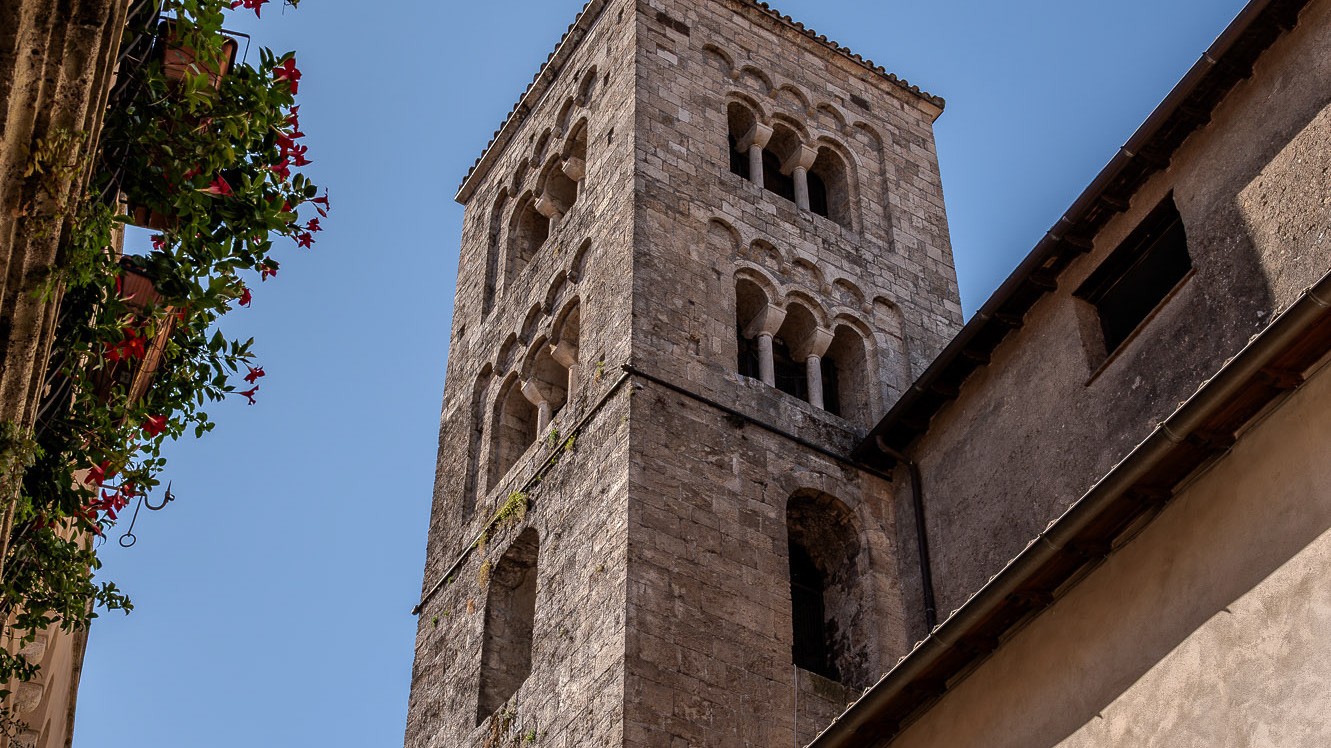
2025
Anagni. Church of St. Andrew
Sant'Andrea is a Roman Catholic church located on Via Vittorio Emanuele in the town of Anagni, in the province of Frosinone, in the Lazio region of Italy. A church on this site has been documented since 1003. Between 1263 and 1276, the church was rebuilt under Bishop Landone Conti in the Gothic style. Some parts of the Romanesque structure remain, including the crypt, once part of the church of San Vito. In the 16th century, Cardinal Benedetto Lomellino renovated the church; another renovation was carried out between 1748 and 1751. The current façade was added in 1761. The interior has a single nave. The altarpieces of the high altar depict Saint Andrew:
Virgin Mary with Saint Andrew and Others by Giorgini
Vocation of Saint Andrew and Martyrdom of Saint Andrew (1894) by Gagliardi.
Triptych of the Savior, with Mary, Andrew and the donor Gregorius Francisci in the central panel, and Saint Magnus and Saint Secondina in the side panels, attributed to the school of Cavallini and Torriti.
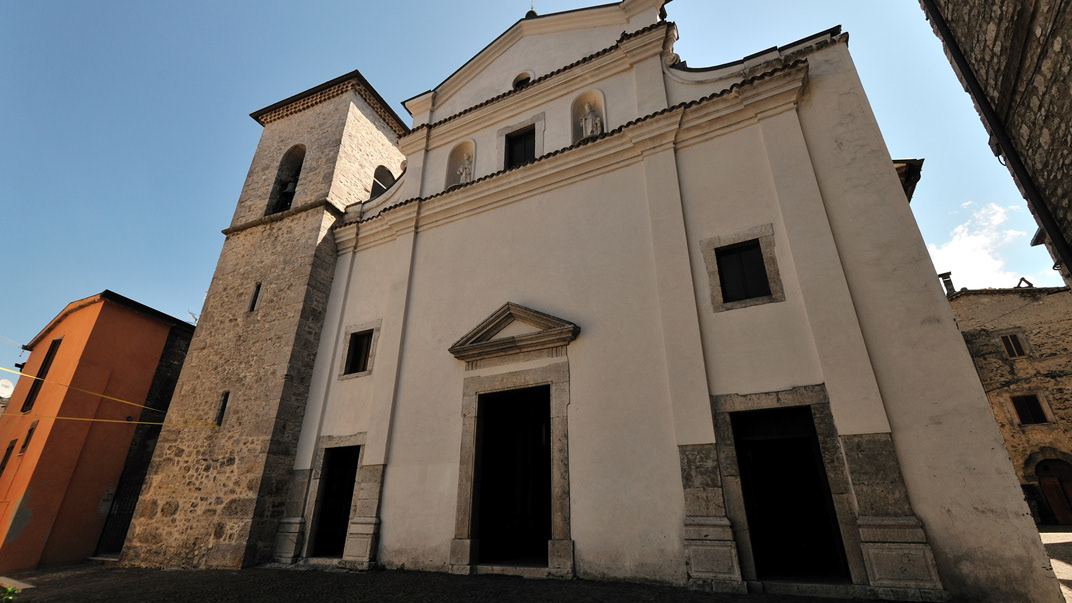
2015
Amaseno (FR)
Amaseno (IPA: amaˈsɛːno, locally Masè) is an Italian town of 4,352 inhabitants in the province of Frosinone in Lazio. Church of San Pietro Apostolo; it dates back to the 14th century, in fact it is mentioned in some documents concerning the payment of taxes. Over the centuries the church underwent various changes, until 1749. In 1944 due to the bombing of the Second World War it was damaged and had to be restored. Some parts of the church are in the Gothic style. It has three naves and an 18th century apse. Church of Santa Maria dell'Auricola; it is located on the Auricola hill on a height of 270 meters. It dates back to the 13th century, in fact the church is mentioned in some documents of Pope Honorius II towards the beginning of the 13th century. According to some hypotheses, the church was founded by Cistercian monks. In 1893 the church passed into the hands of some bishops, who in turn entrusted it to the Franciscan fathers who had it restored. Like many other churches in the area, it suffered a lot of damage in the Second World War. Now the church is in the hands of the Curia of Ferentino. Church of Santa Maria Assunta; consecrated in 1177, it was probably completed at the end of the 13th century, the year in which the pulpit made by Pietro and Giacomo Gullimari de Piperno (Priverno) is dated. The church, which shows numerous Cistercian features, both in the plan and in the architectural sculpture, preserves interesting medieval and modern works of art inside. It also possesses the prodigious Blood of San Lorenzo martyr which melts on the occasion of the feast (10 August)
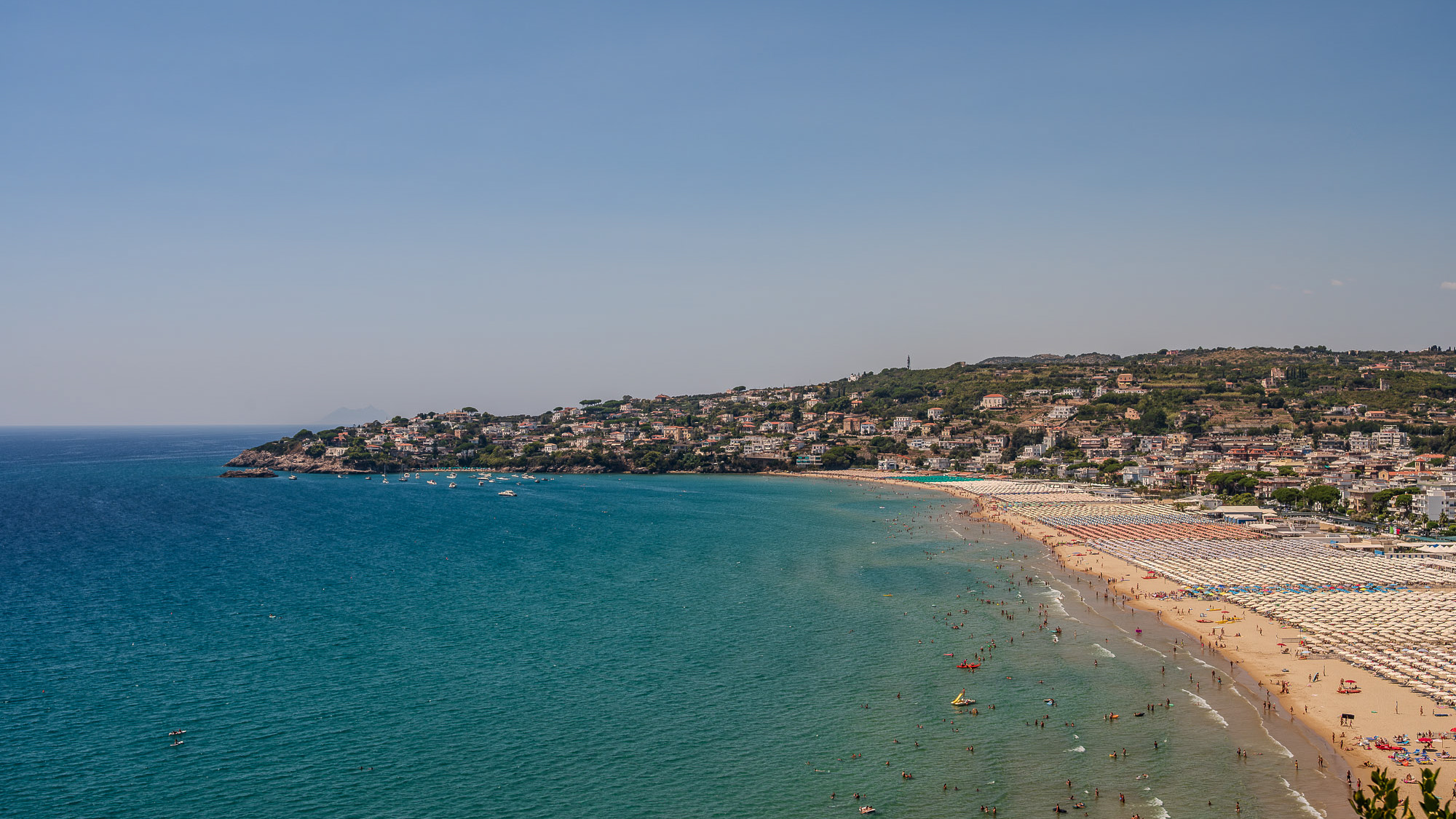
2025
Gaeta. Serapo beach.
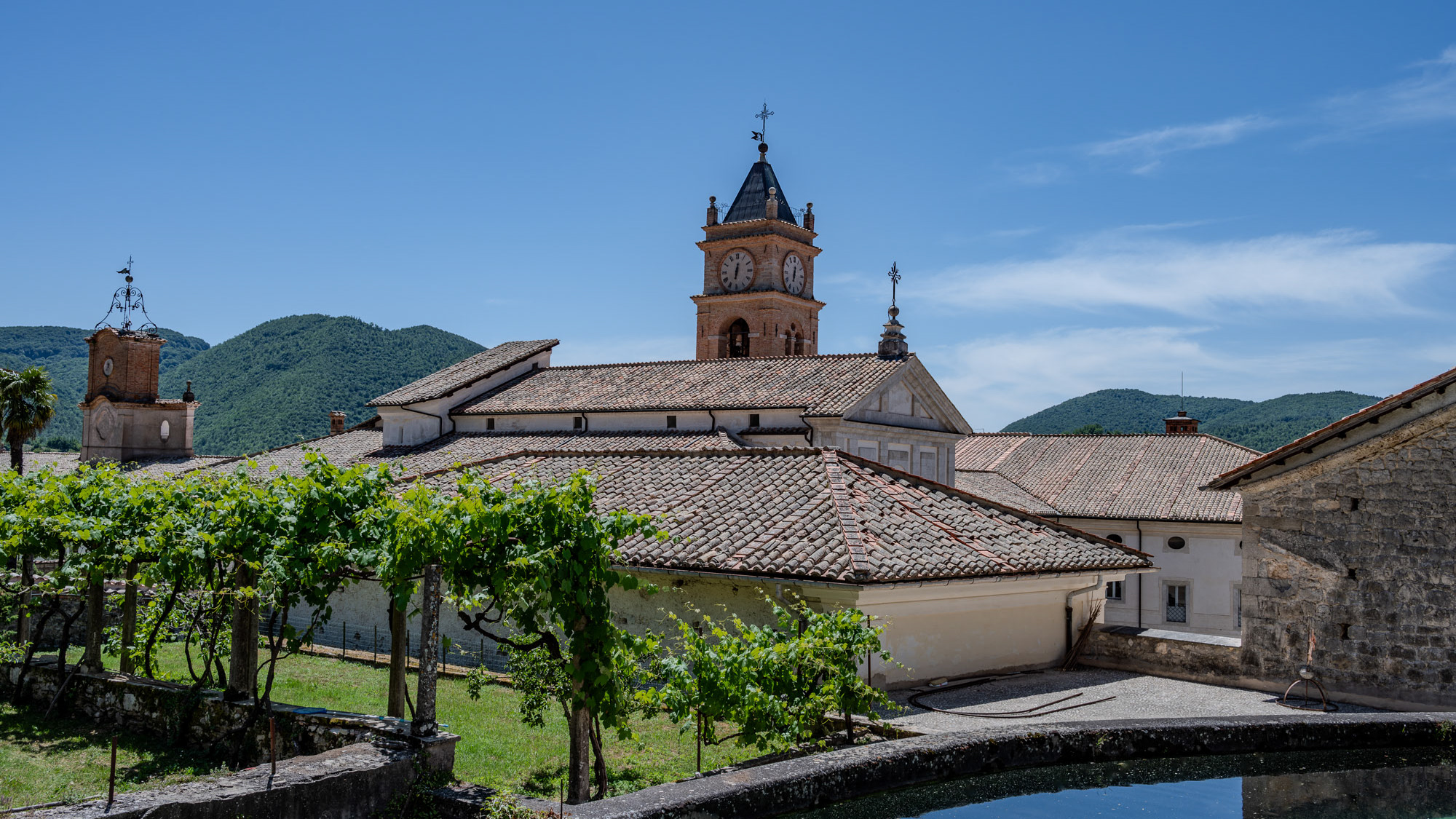
2024
The Charterhouse of Trisulti
Trisulti Charterhouse is a monastery located in the municipality of Collepardo, in the province of Frosinone. It is recognized as a national monument in 1879.

2017
Marina di Minturno (LT) - Sunset
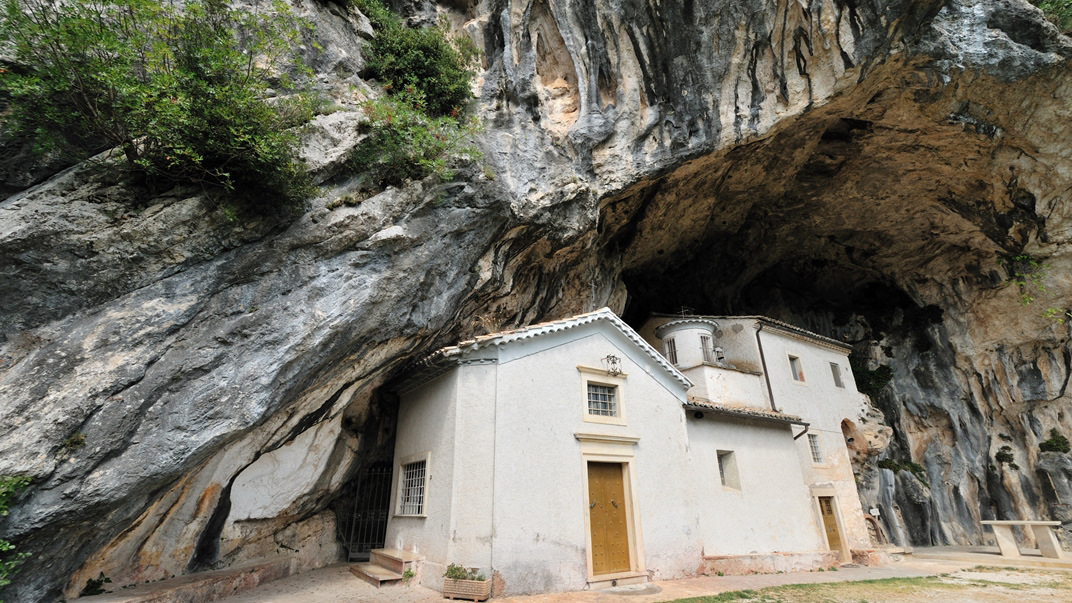
2015
Collepardo (FR) - Sanctuary of the Madonna delle Cese
A few minutes from the Certosa Trisulti (Collepardo - FR) you can visit the Sanctuary of the Madonna delle Cese, a small hermitage located in a suggestive cave.
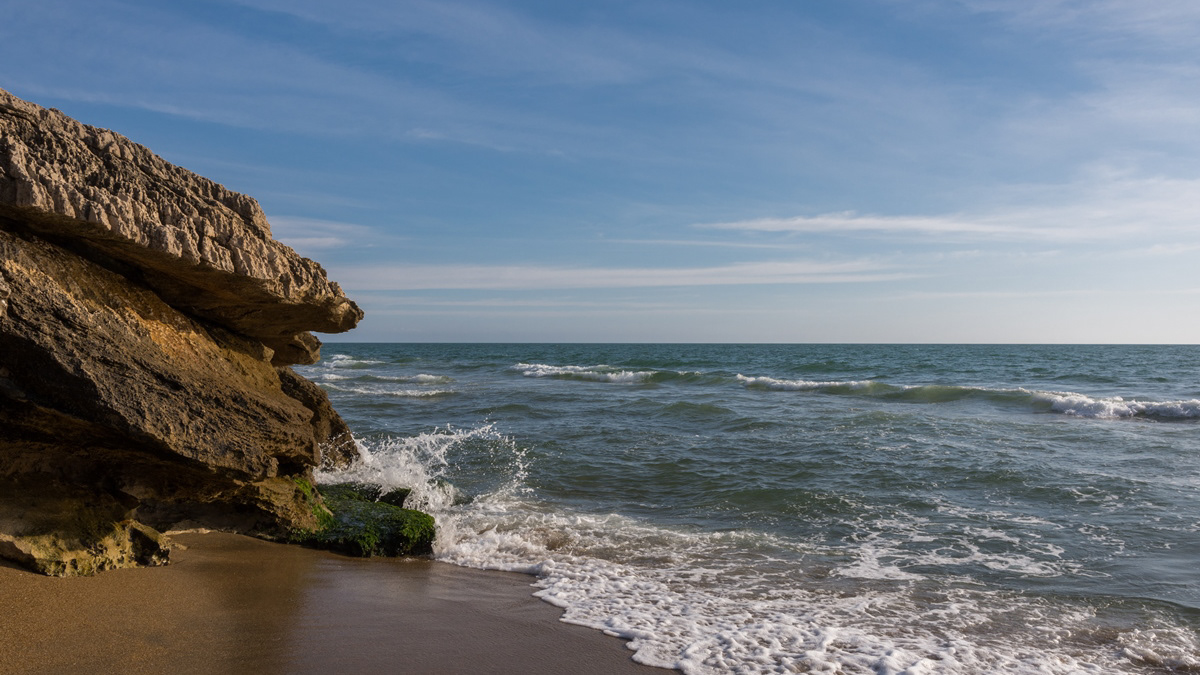
2017
Marina di Minturno (LT) - Parte II
